Lens: A City in Cultural Renaissance
The city of Lens in northern France, once grappling with economic and social challenges, witnessed a transformative resurgence when chosen as the site for a Louvre “satellite” in 2004. This strategic move aimed to stimulate development opportunities and breathe new life into the region. In a symbolic gesture, the museum opened its doors on the feast day of Saint Barbara, the patron saint of miners. Nestled in a converted mining site turned park, the Louvre Lens comprises five interconnected buildings, four rectangular and one square, designed to echo the iconic Louvre in Paris on an elongated scale.
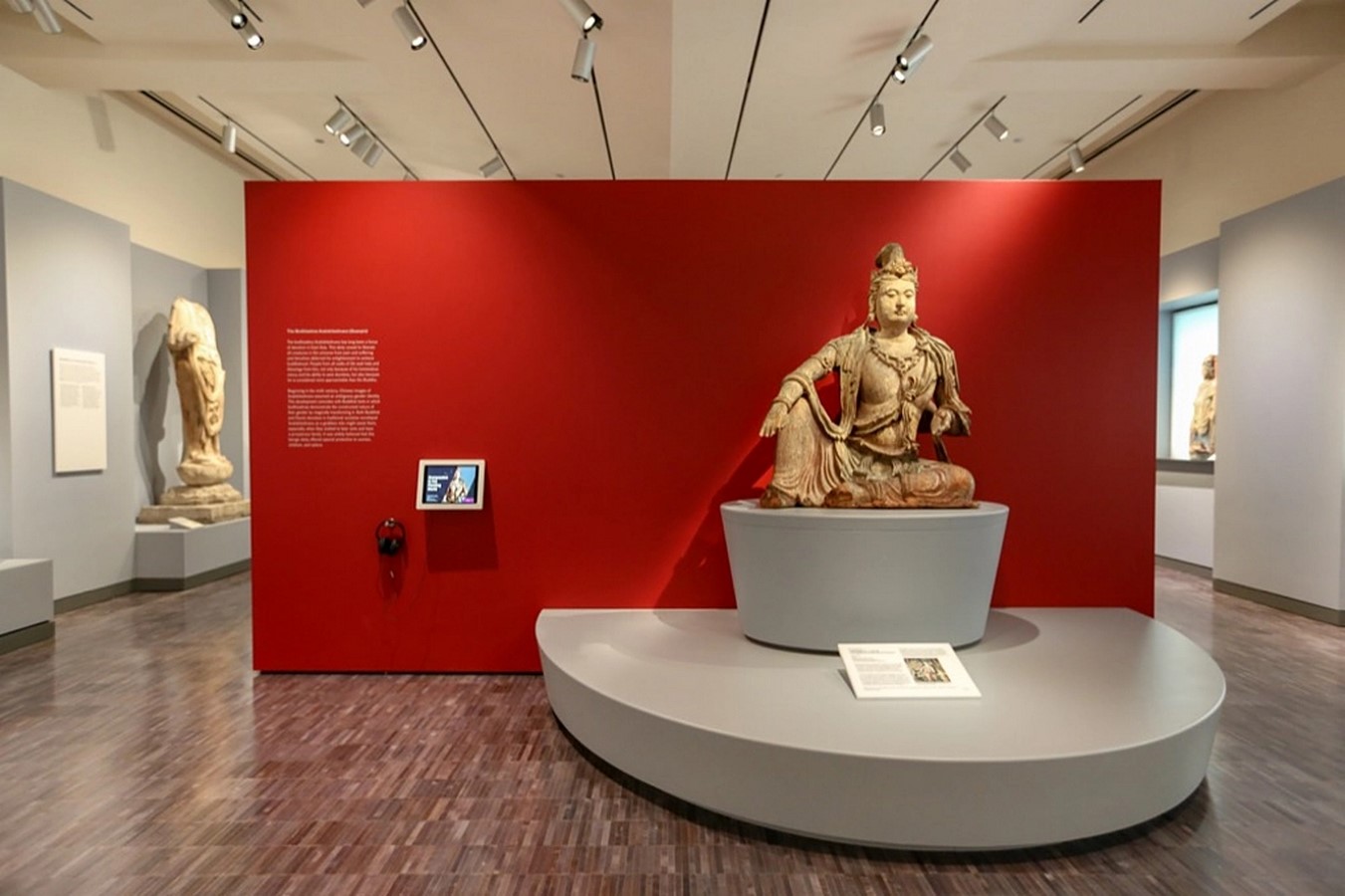
Architectural Symphony: Glass and Aluminum Elegance
The gallery’s glass and aluminum structures form a dynamic interplay with the panoramic vistas of the surrounding park and remnants of the mining landscape. Positioned amidst ever-changing light and seasons, the architectural ensemble offers a harmonious blend of inspiration and emotion. The museum encompasses three distinctive exhibition spaces, each contributing to a novel museum experience:
- Galerie du Temps: Showcasing 250 rotating works from the Louvre’s vast collection, spanning from the 4th Century BC to the 19th Century, this space aims to redefine the museum visit by juxtaposing works from various eras and cultures.
- Temporary Exhibition Spaces: Comprising Batiment 2 for large-scale exhibitions, including the inaugural Renaissance exhibition, and the Pavillon de Verre for shows related to the museum’s locale, the Nord-Pas de Calais region.
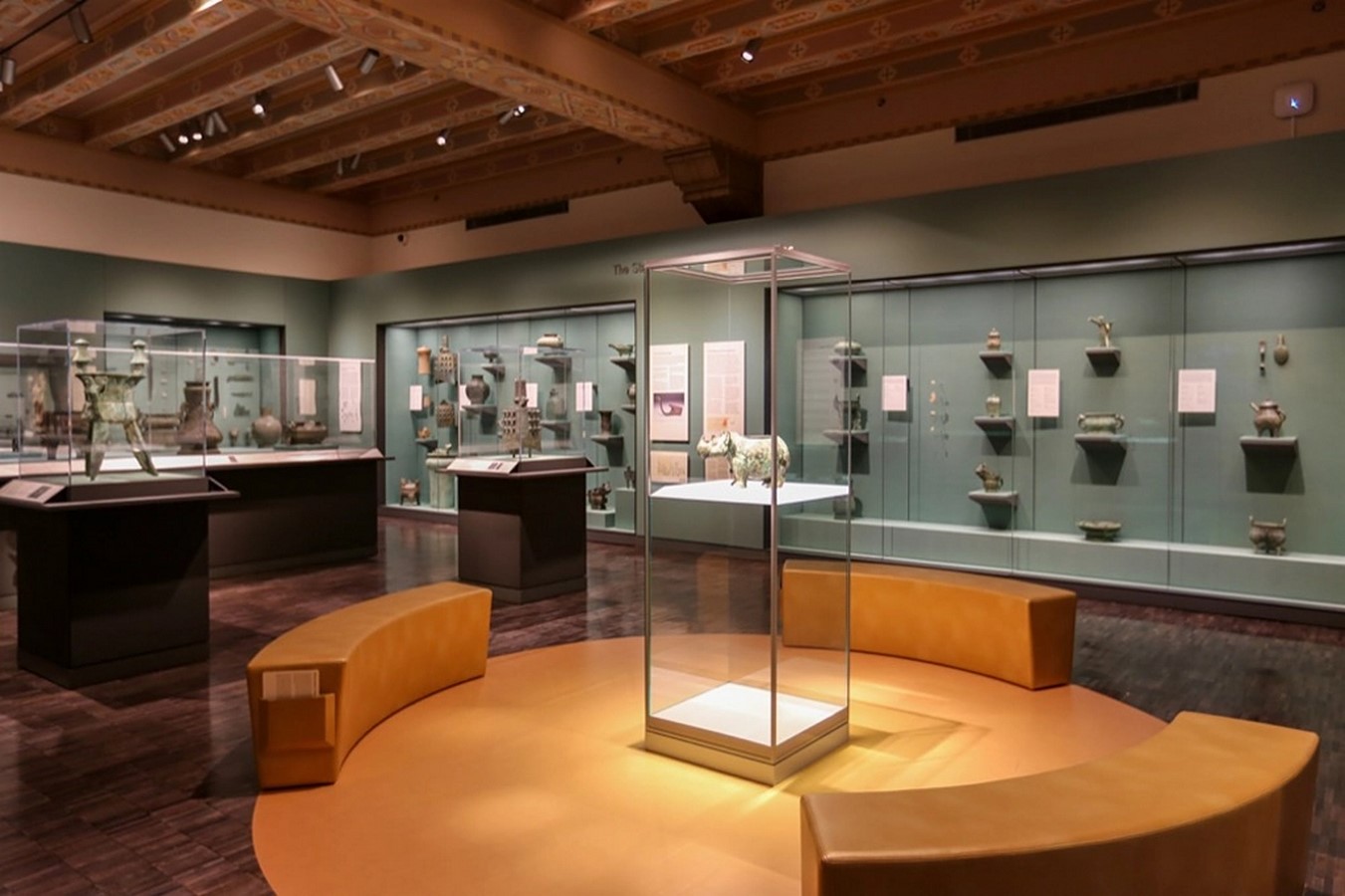
Goppion’s Artful Challenge and Solution
Charged with creating the entire display area, Goppion meticulously crafted 242 elements, ranging from display cases and furnishings to tables and supports. Adapting to the sophisticated minimalism inherent in Adrien Gardère’s design philosophy posed a significant challenge. Goppion conducted extensive research and experimentation, focusing on small yet robust materials to align with the project’s demanding resistance requirements.
The resulting display cases embody a paradigm of purity, boasting immaculate shapes, sizes, and seamless joints. Thin yet highly efficient hinges, cleverly concealed, ensure unobtrusive opening mechanisms. The prevalent color palette revolves around shades of white, accentuating the minimalist ethos. An exception arises in the Renaissance exhibition, where delicate hues of red, blue, and yellow on walls, coupled with natural ash wood display elements, create a nuanced backdrop. This intentional design choice fosters a sense of abstraction, purposefully disconnecting artworks from their surroundings. The result is a captivating showcase, where art stands out in its formal and symbolic purity, transcending temporal and spatial boundaries.
In essence, Goppion’s masterful integration of display cases within the Louvre Lens contributes not only to the preservation of artistic treasures but also enhances the overall aesthetic coherence of this cultural haven in Lens, France.


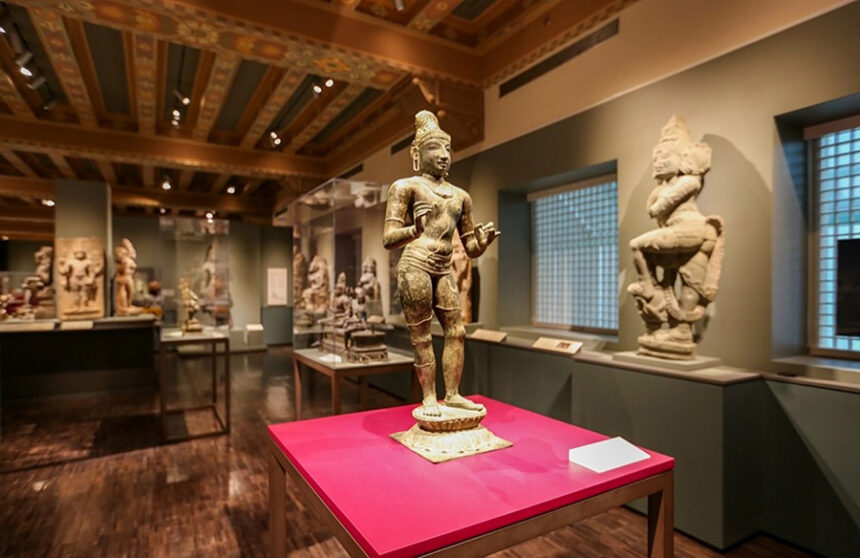
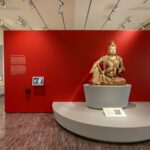
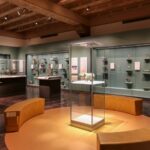

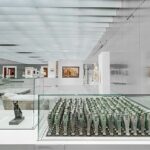
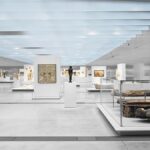
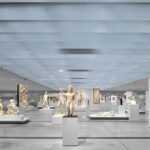
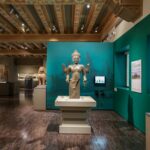
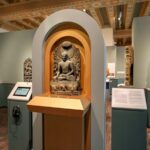
Leave a Reply